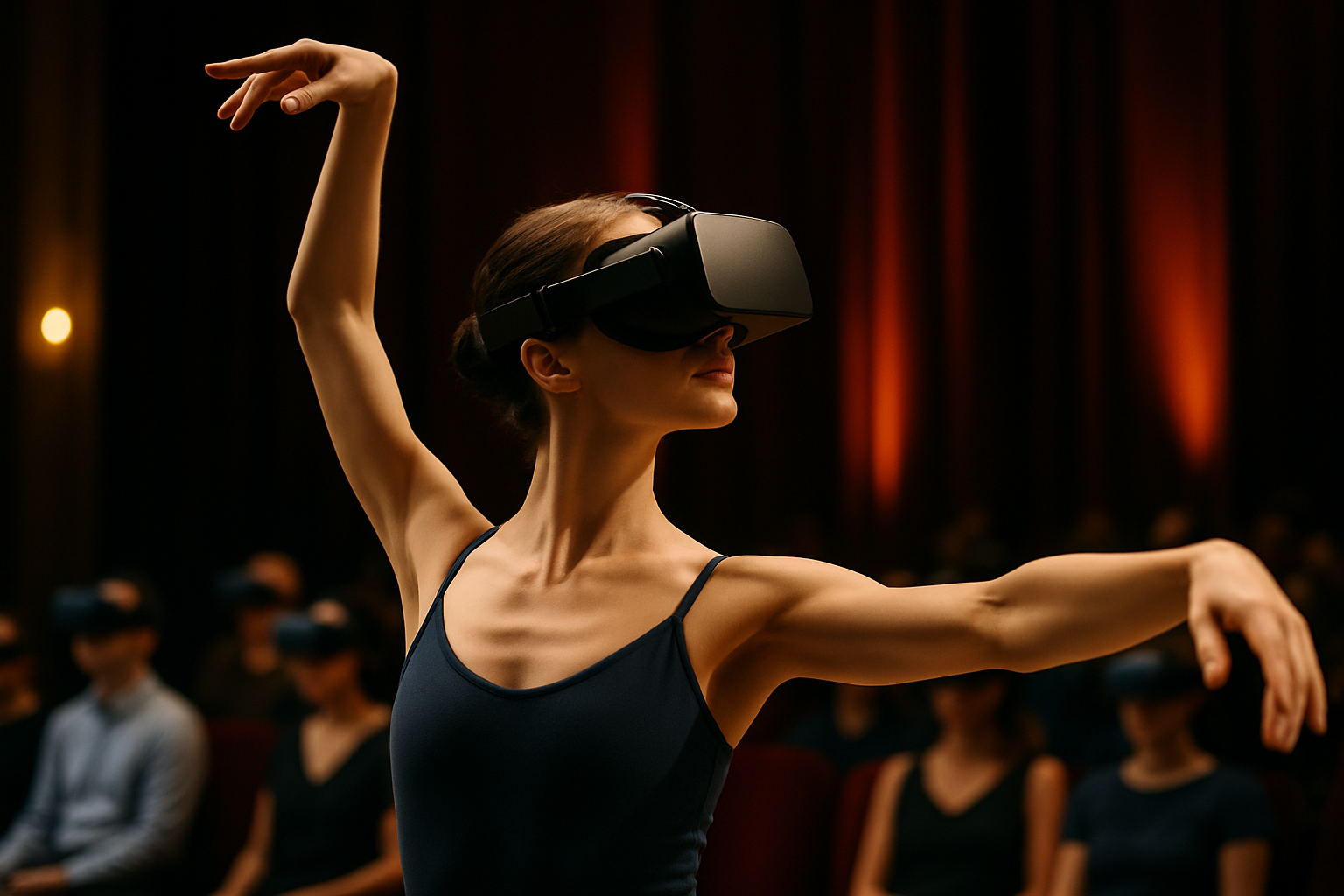Holographic Theater: The Next Frontier of Live Performance
In the ever-evolving landscape of performing arts, a groundbreaking technology is poised to revolutionize the theatrical experience. Holographic theater, once relegated to the realm of science fiction, is now emerging as a viable and exciting medium for live performances. This innovative approach combines cutting-edge holographic projection techniques with traditional stagecraft, creating immersive and visually stunning productions that blur the lines between reality and illusion.

Redefining the Stage
Holographic theater transcends the limitations of physical sets and props, allowing for instantaneous scene changes and fantastical environments that were previously impossible to recreate live. Actors can now interact with virtual objects and characters, creating a seamless blend of the tangible and the digital. This flexibility enables directors and designers to bring even the most ambitious visions to life, limited only by their imagination.
The Performer’s Perspective
For actors, holographic theater presents both challenges and opportunities. While it requires a new skill set to interact convincingly with virtual elements, it also allows for unprecedented creative freedom. Performers can now embody multiple characters or transform their appearance in real-time, pushing the boundaries of traditional acting techniques. This evolution in performance art is attracting both seasoned thespians and a new generation of tech-savvy actors eager to explore this novel medium.
Audience Immersion and Interactivity
One of the most exciting aspects of holographic theater is its potential for audience participation. Unlike traditional theater, where the fourth wall remains firmly in place, holographic productions can create truly immersive experiences. Spectators may find themselves surrounded by holographic environments or even interacting with virtual characters, blurring the line between observer and participant. This level of engagement offers a unique and memorable experience that sets holographic theater apart from other forms of entertainment.
Technical Challenges and Future Developments
While holographic theater shows great promise, it is not without its technical hurdles. Creating convincing three-dimensional projections requires sophisticated equipment and careful calibration. Issues such as viewing angles and environmental lighting must be carefully considered to maintain the illusion. However, ongoing research in fields like light field displays and augmented reality is rapidly advancing the technology, promising even more impressive and accessible holographic performances in the future.
The Cultural Impact of Holographic Theater
As holographic theater gains traction, it is sparking discussions about the nature of live performance and the role of technology in the arts. Critics and enthusiasts alike are debating whether this new medium enhances or detracts from the traditional theatrical experience. Some argue that it brings a fresh perspective to classic works, while others fear it may overshadow the human element that makes theater unique. Regardless of one’s stance, it’s clear that holographic theater is pushing the boundaries of what’s possible in live entertainment.
Exploring New Narrative Possibilities
The unique capabilities of holographic theater are inspiring writers and directors to create entirely new forms of storytelling. Narratives that were once considered too complex or abstract for the stage are now within reach. Multi-dimensional plots, non-linear timelines, and shifting perspectives can be realized with unprecedented clarity and impact. This expansion of narrative possibilities is attracting not only theater professionals but also filmmakers, game designers, and visual artists eager to experiment with this new canvas.
The Economic Implications
The rise of holographic theater has significant economic implications for the entertainment industry. While the initial investment in technology can be substantial, the potential for reduced production costs and increased ticket sales is attracting investors and producers. The ability to easily transport and replicate holographic productions could make high-quality theater more accessible to audiences worldwide, potentially transforming the touring landscape of live performances.
Conclusion
Holographic theater stands at the forefront of a new era in live performance, offering a tantalizing glimpse into the future of entertainment. As technology continues to advance and artists push the boundaries of creativity, we can expect to see increasingly sophisticated and awe-inspiring productions. Whether holographic theater will become a mainstay of the performing arts or remain a niche attraction remains to be seen, but its impact on the industry is undeniable. As audiences and creators alike embrace this new medium, we are witnessing the birth of a truly revolutionary form of artistic expression that promises to reshape our understanding of what theater can be.





